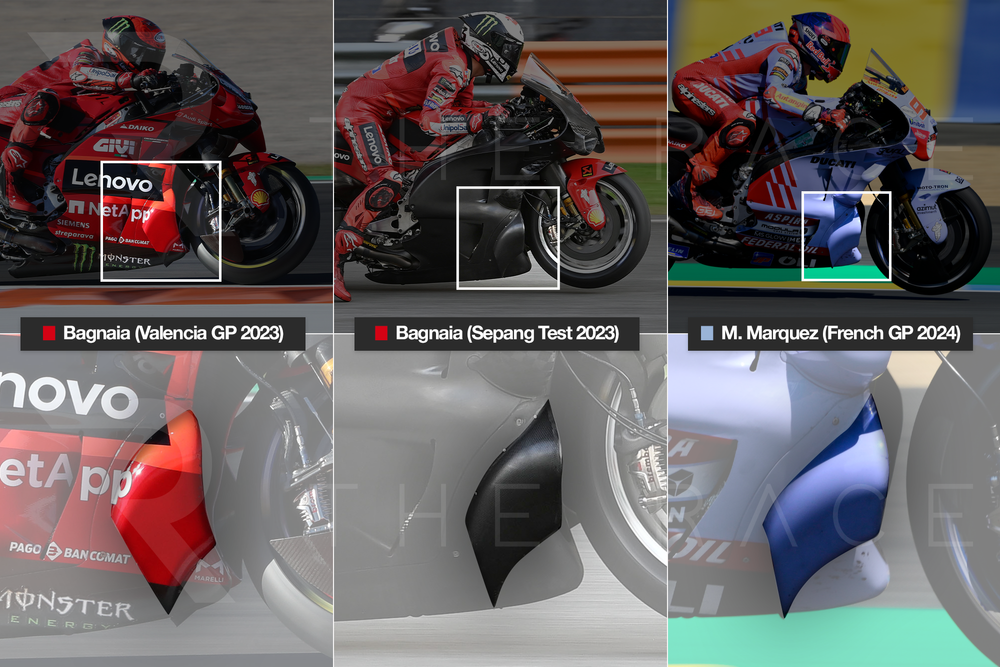One of the biggest stories of the 2024 MotoGP championship so far has been the huge disparity between Ducati’s dominating factory-spec GP24 machine and the other bikes on the grid - including even the year-old GP23 bike being raced by Marc Marquez, a situation that few expected given the Italian firm’s usual gradual transition between seasons.
However, according to The Race’s sources within the paddock (and confirmed by a visual examination of the machines of Pecco Bagnaia and Jorge Martin versus those of Marquez and Marco Bezzecchi), there’s a reason outside the control of the Gresini and VR46 teams for the substantial drop in their performances so far in 2024.
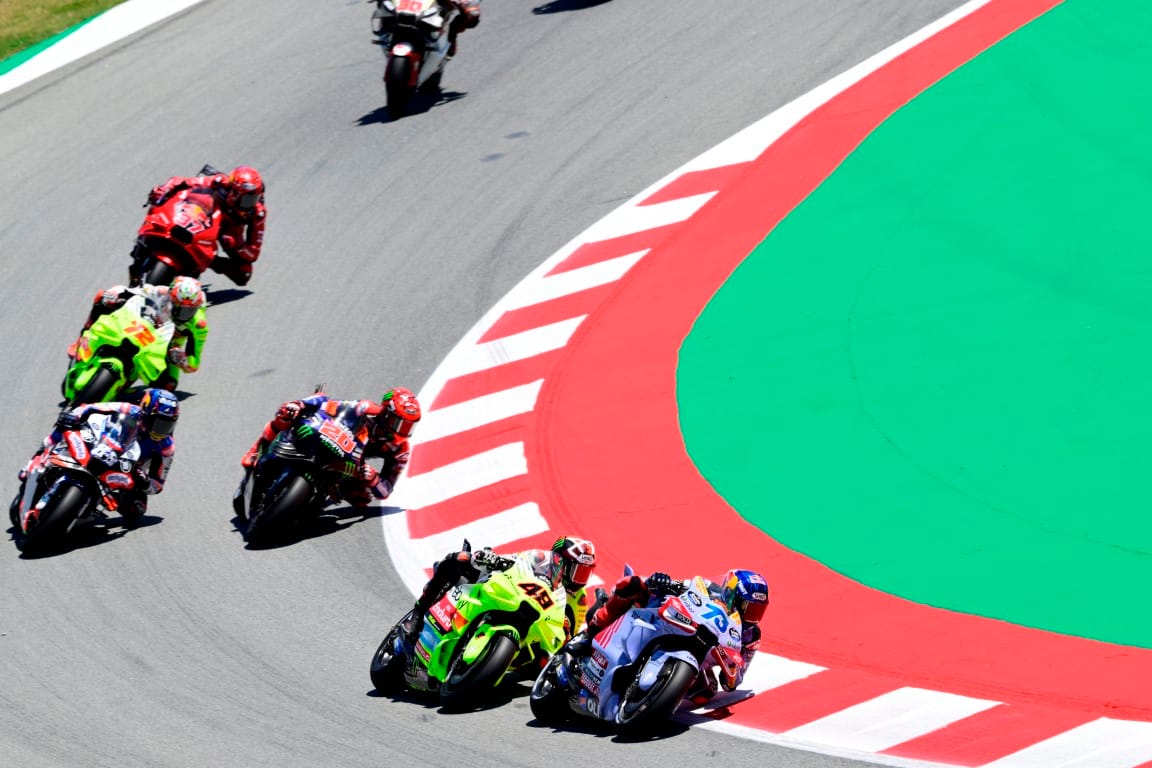
Over the past few seasons, we’ve come to expect a fairly standard transition from Ducati. Its factory-contracted riders (in both the official team and top tier satellite Pramac Racing) receive the latest creation from chief engineer Gigi Dall’Igna’s workshop in Bologna, with constant evolutions coming throughout the season to keep them competitive
Meanwhile, its two lower-level satellite squads inherit the others’ year-old bikes at the post-season Valencia test and race them with limited modifications for the following season.
That situation normally means that the older Desmosedicis start the season off with something of a competitive edge over even their factory rivals, thanks to the fully-developed nature of their package and an abundance of data from the previous year.
In 2023, for example, that allowed Bezzecchi to take two wins from the first five races and fire himself into title contention. The year prior, it was Enea Bastianini who won three of the first seven races in similar conditions to secure himself a factory ride next to Bagnaia for 2023 and 2024.
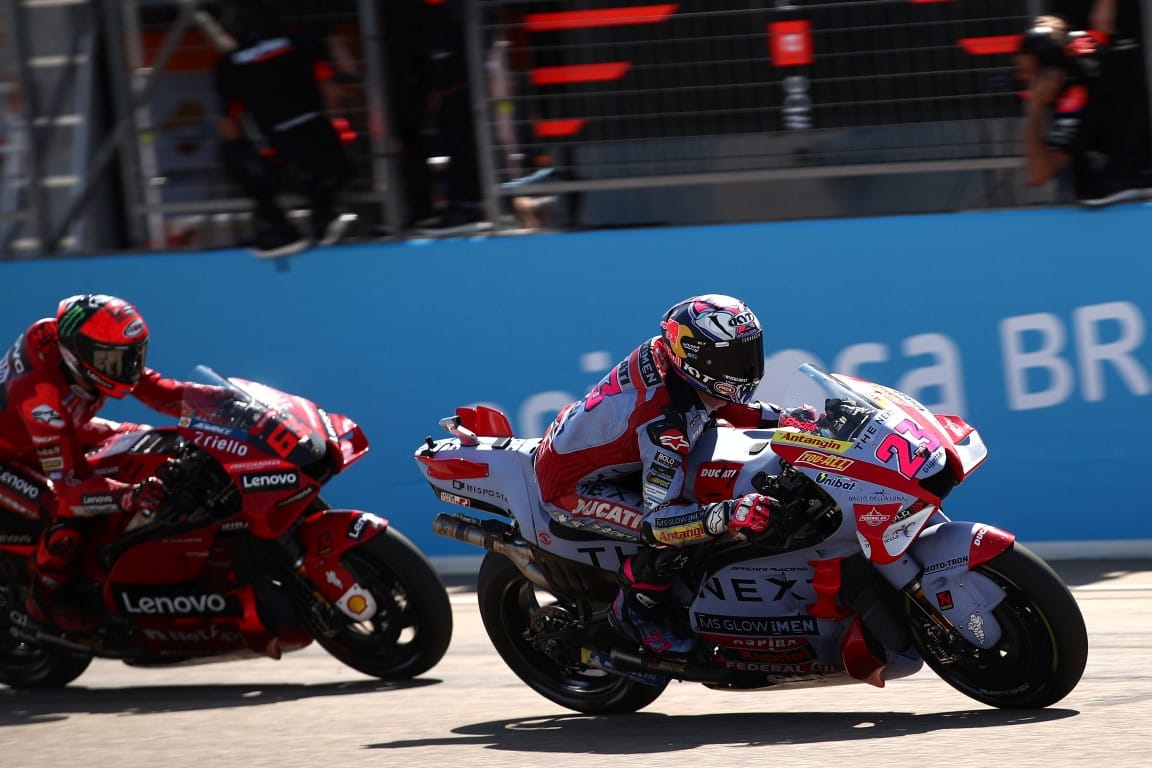
It’s been a very different picture this season, though. Only Marc Marquez has been a regular podium contender so far on the year-old bike, while Bezzecchi, Fabio Di Giannantonio and Alex Marquez (all grand prix or sprint winners on year-old machinery in 2023) have scored only two podiums between the three of them.
The nature of the difference between the two bikes has never been more noticeable than at last weekend’s Austrian Grand Prix, either.
Watch back the early-lap battles between Bagnaia, Martin and Marc Marquez from MotoGP’s helicopter camera, and you can see right away where the six-time MotoGP champion is losing out.
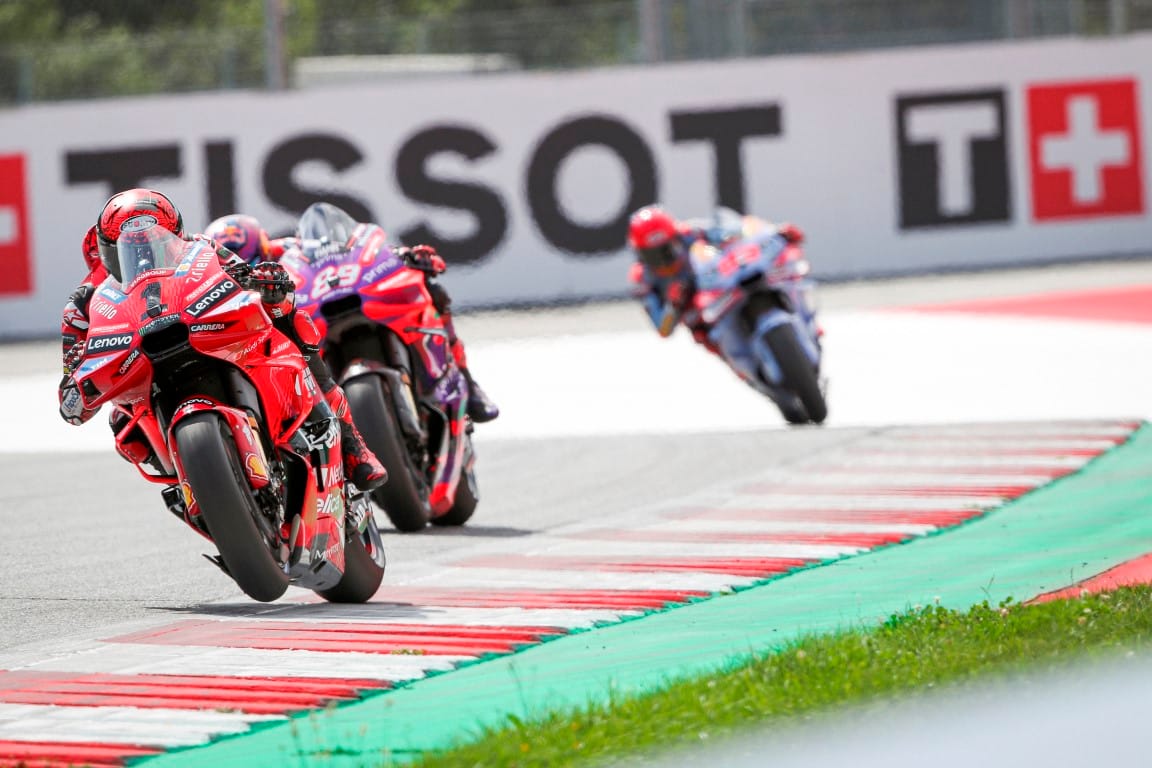
Blitzed on corner exit and acceleration onto the Red Bull Ring’s many straights, he was visibly conceding significant time that he was then working overtime to make up elsewhere, a scenario that eventually contributed to his crash out of the battle for the podium in Saturday’s sprint.
😱 💥 @marcmarquez93 HAS GONE DOWN!
— MotoGP™🏁 (@MotoGP) August 17, 2024
The Spaniard has dropped from 2nd to the back of the field 📉#AustrianGP 🇦🇹 pic.twitter.com/vmWa9slwgp
So why has this year’s GP24 bikes been able to make such a huge and unexpected leap ahead of last year’s machines? Well, that’s straightforward, according to The Race’s sources - because the bikes that the GP23 riders are currently racing are not the end-of-season, fully-developed spec that Bagnaia won the title on.
Believed to have been in part a financial decision and in part conditioned by to the time constraints of building up full sets of newer-spec equipment while also preparing the next season’s bikes, the Marquez brothers, Bezzecchi and Di Giannantonio are riding something more akin to what Bagnaia used last year in pre-season testing, without substantial upgrades that came later in the year.
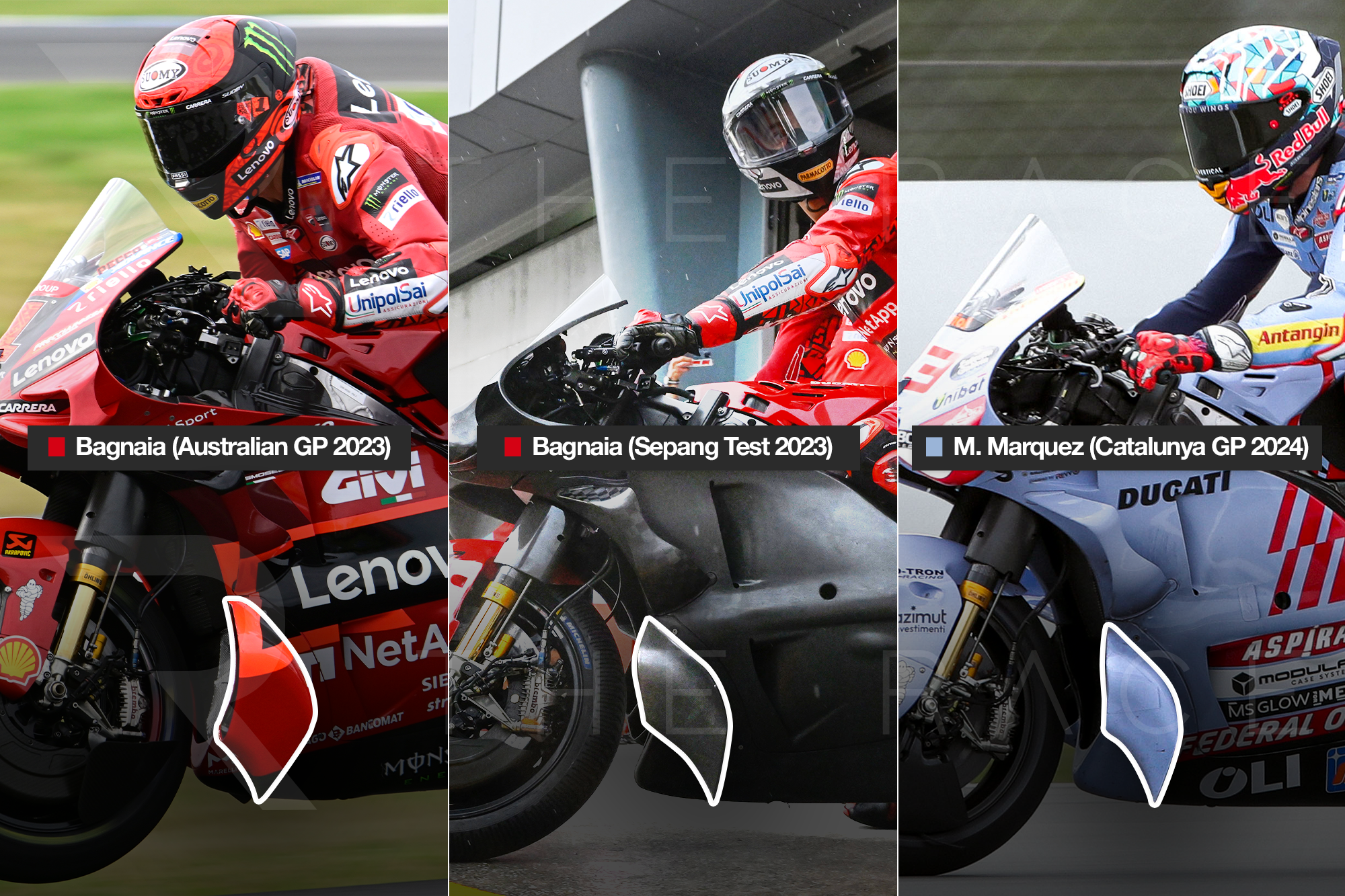
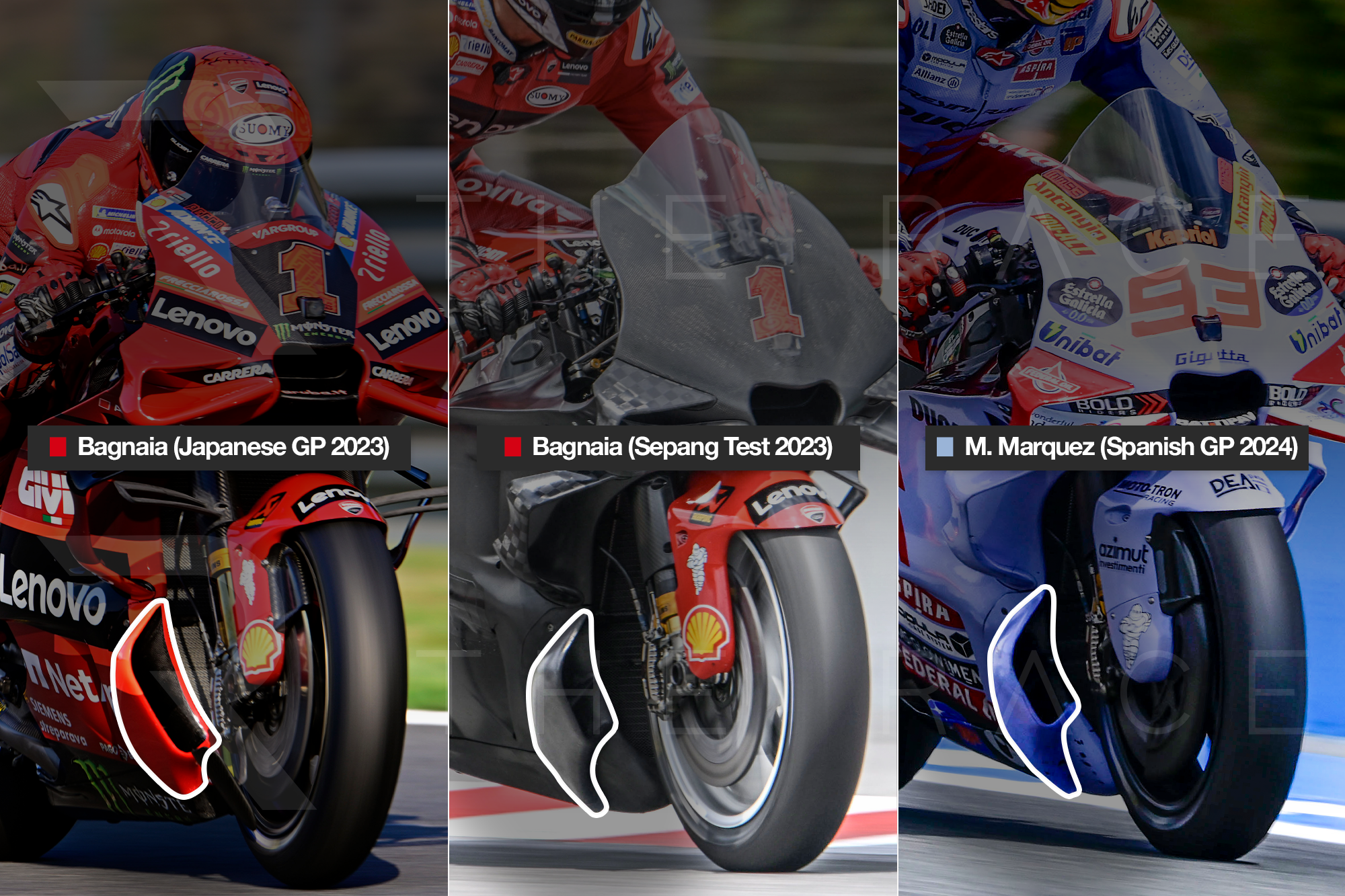
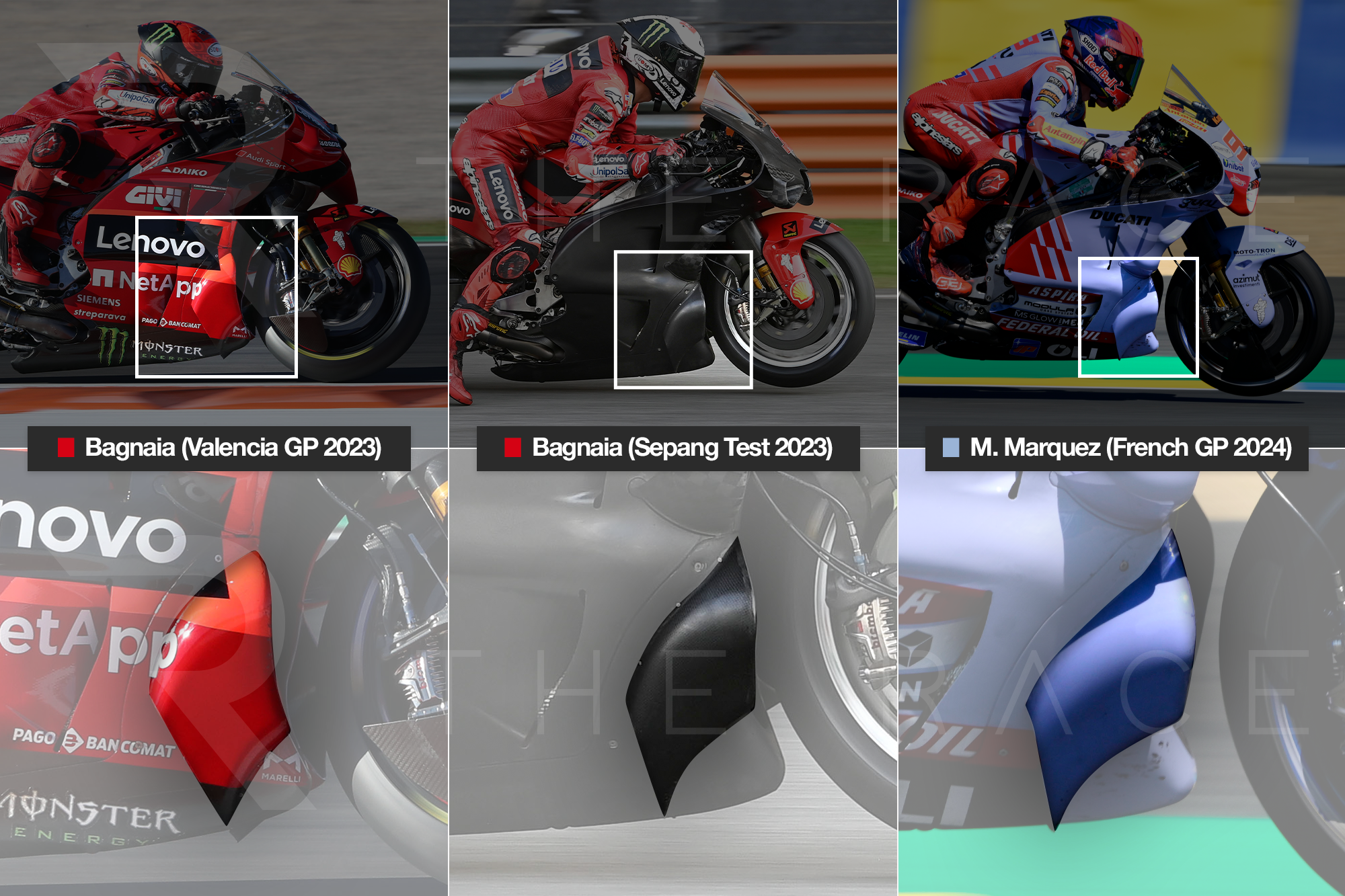
Some of those are visible at a careful look, with the bikes sporting last year’s early-spec aerodynamic devices rather than the upgrades brought later in the season, but it’s believed that even more of them are internal, a situation that has contributed to their significant speed differential.
One such internal component has been the latest version of the ride height device, which is understood not to be available to the GP23 riders.
"It depends on the track," said Alex Marquez when quizzed by The Race at the Red Bull Ring as to how much difference that was making.
"Tracks like this one, you can have a really good advantage, for the wheelie and all that. Or Motegi. But in tracks like maybe Aragon you have less. It depends."
It seems that older-spec status isn't something likely to change mid-season, either, even despite Marc Marquez’s shock factory team move for 2025.
Though it is now arguably in Ducati's interest to give more support to Marquez's season ahead of his big switch, it appears constrained by the fact it is contractually obliged to offer any available upgrade to all four of the GP23 riders at once, a situation that Ducati is not in a position to do right now.
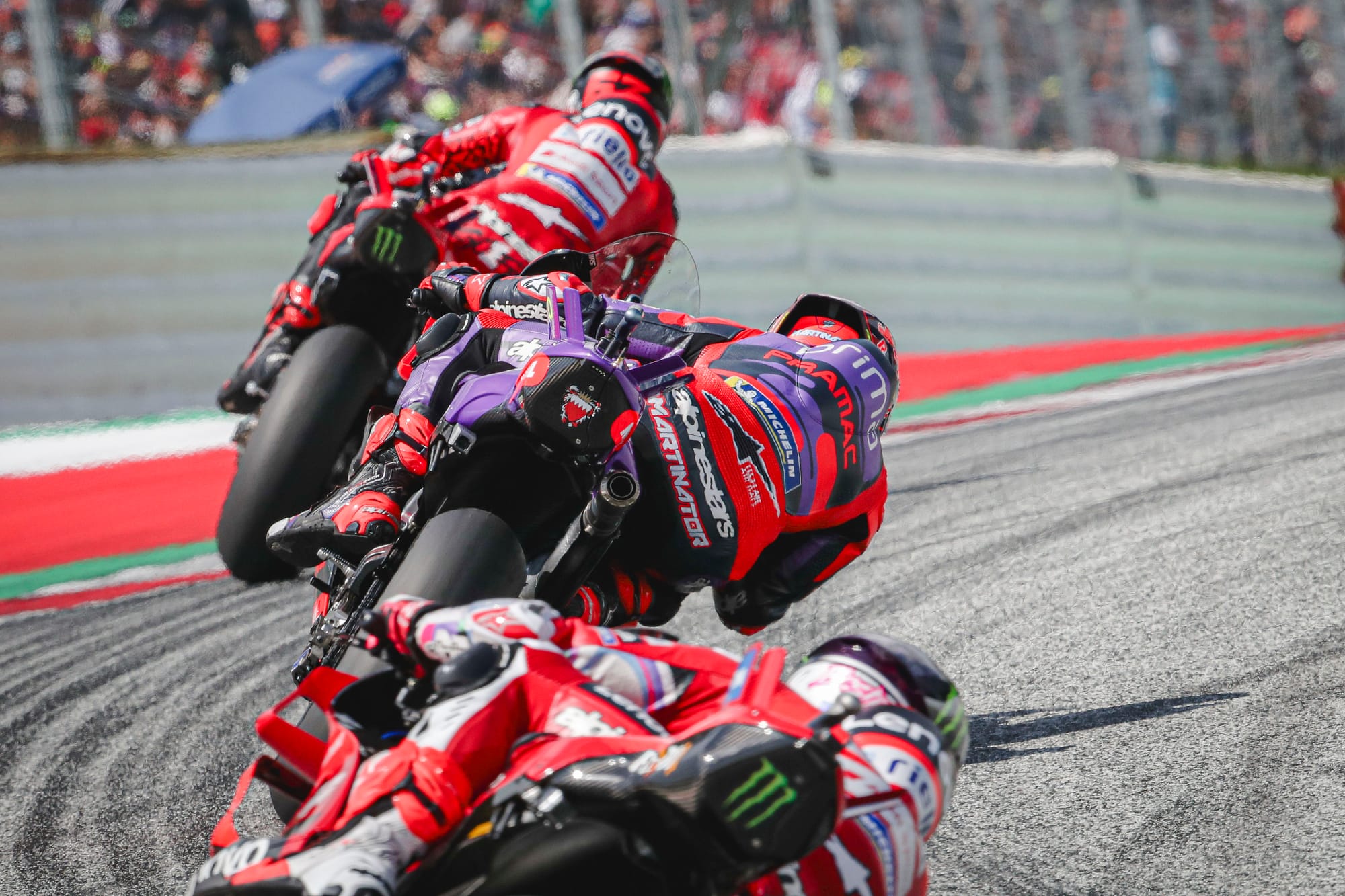
There’s also perhaps a warning in the story for current title contender Jorge Martin. Set to leave at the end of the season for Aprilia after getting snubbed in favour of Marquez for a factory ride next year, the explanation for the drop-off in satellite bike spec also hints at how significant Ducati’s mid-season upgrades can be.
And with Martin’s development expected by many to remain fixed now that it’s public that not just him but his whole Pramac Racing team (set to become Yamaha’s satellite in 2025) will leave next year, there’s already been whispers to suggest that he too is already starting to feel the disadvantage that he’s placed himself at technically.


